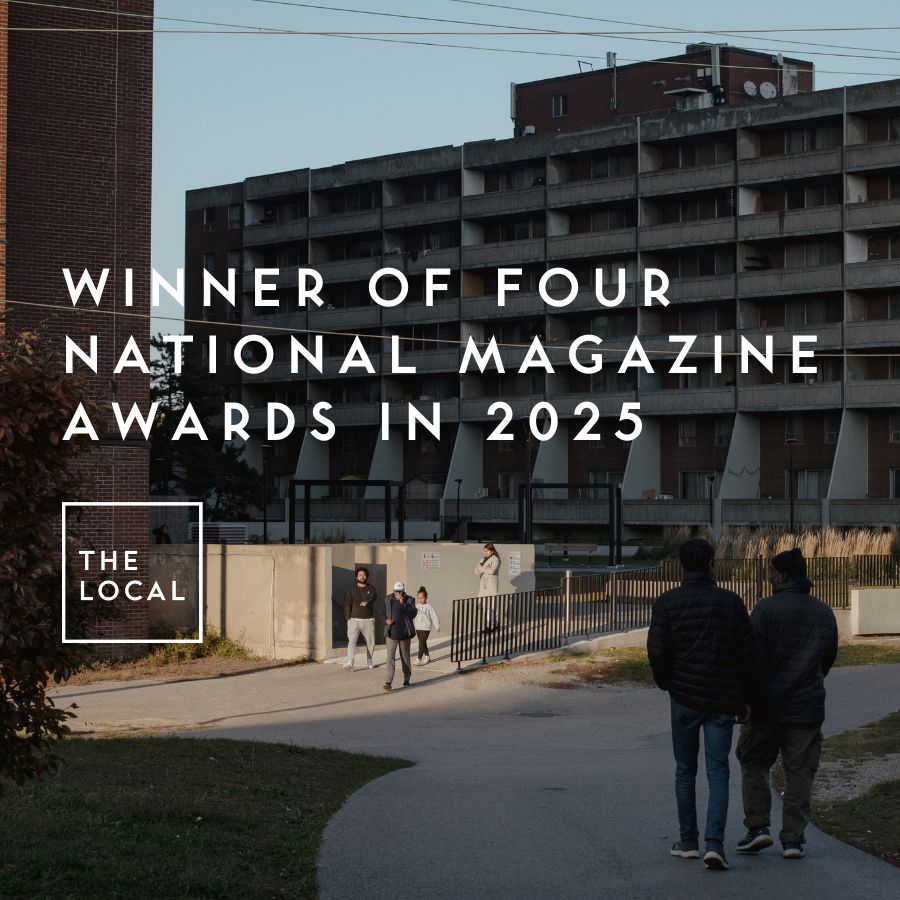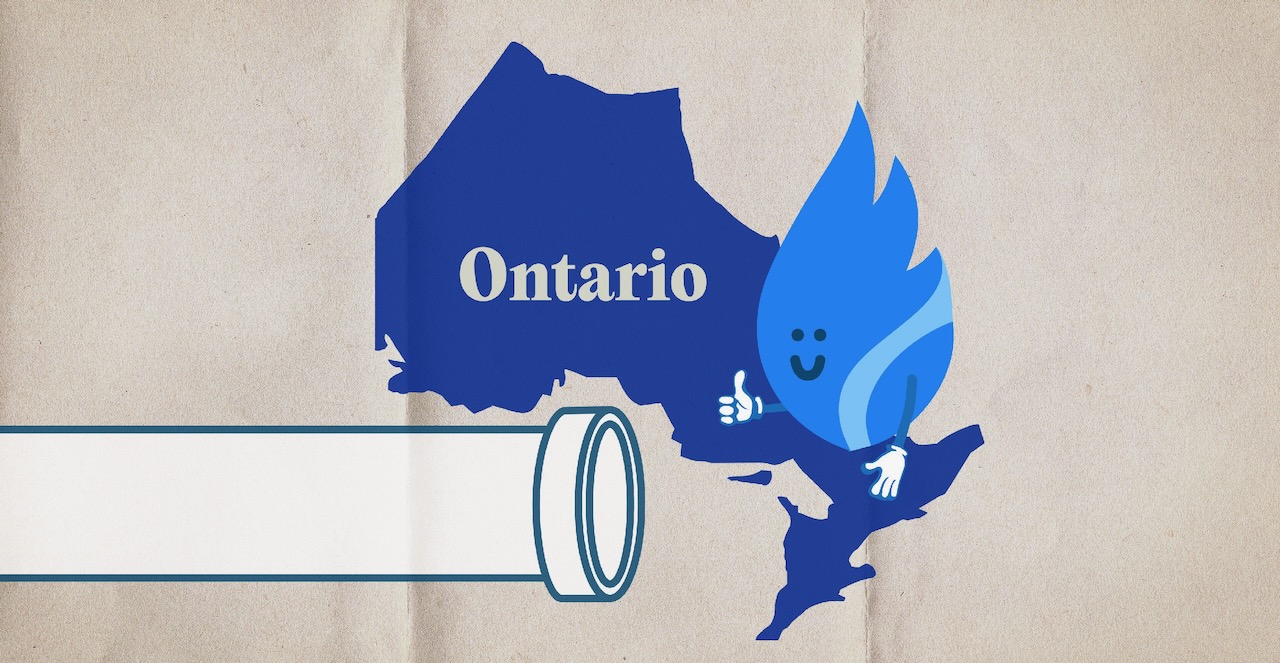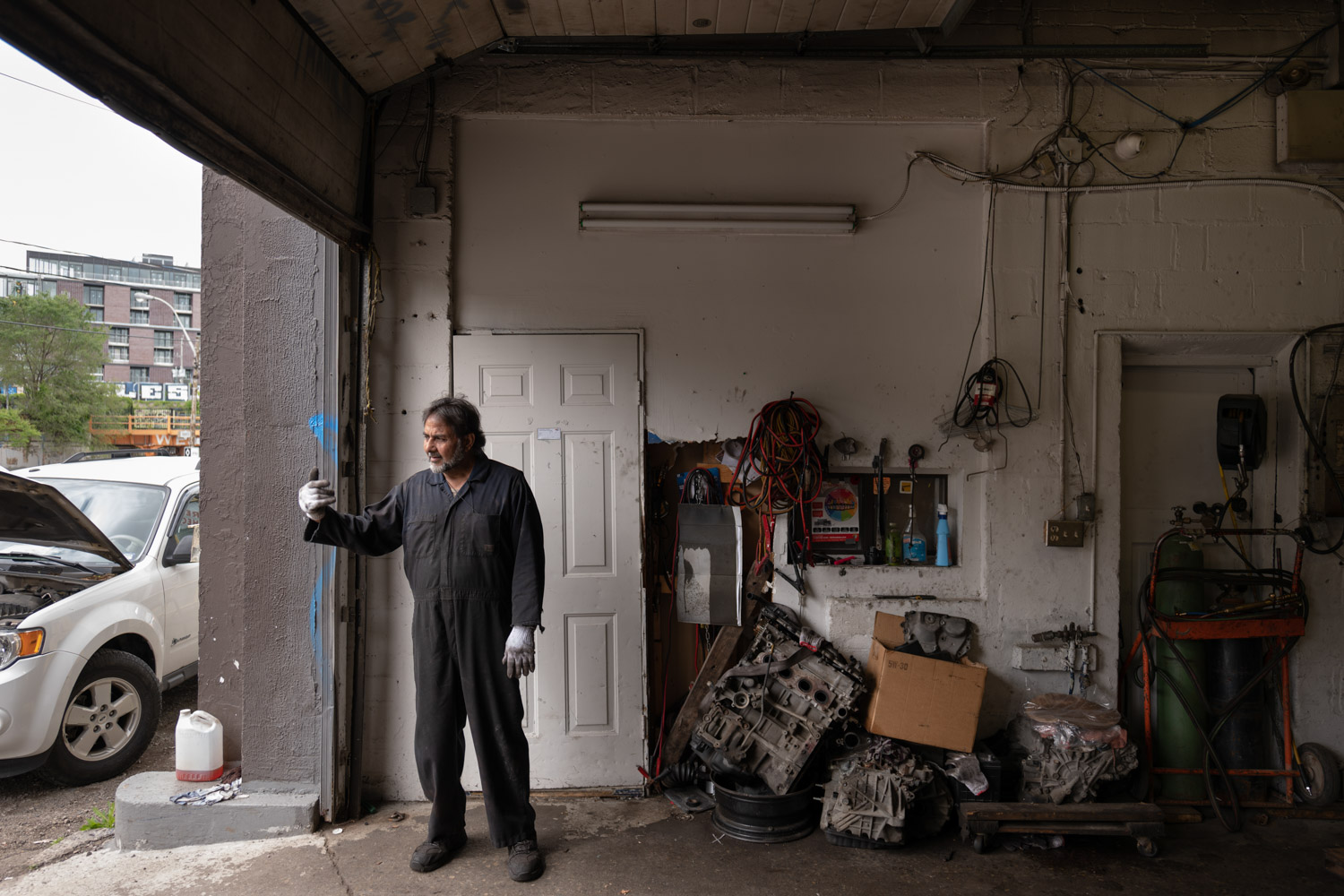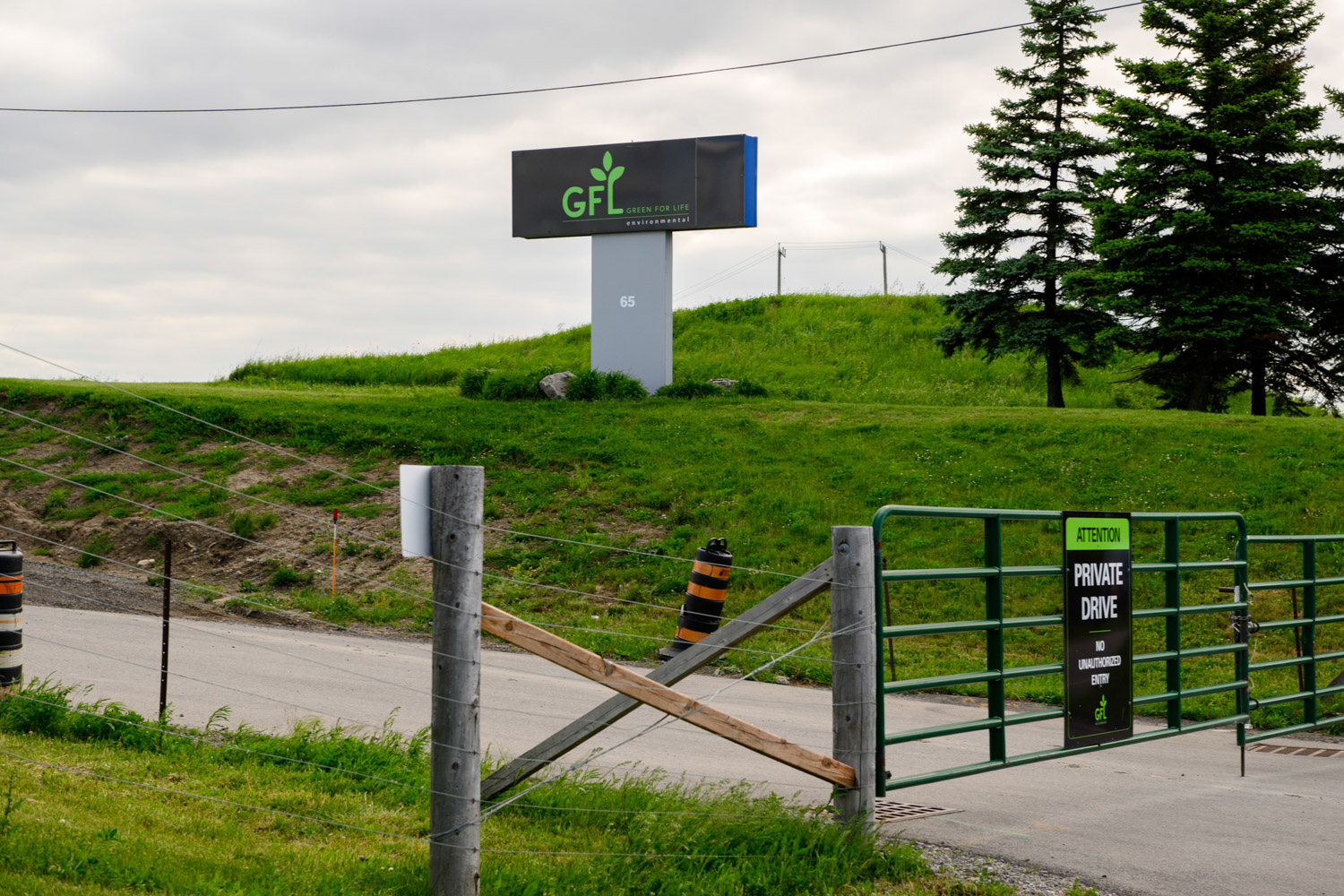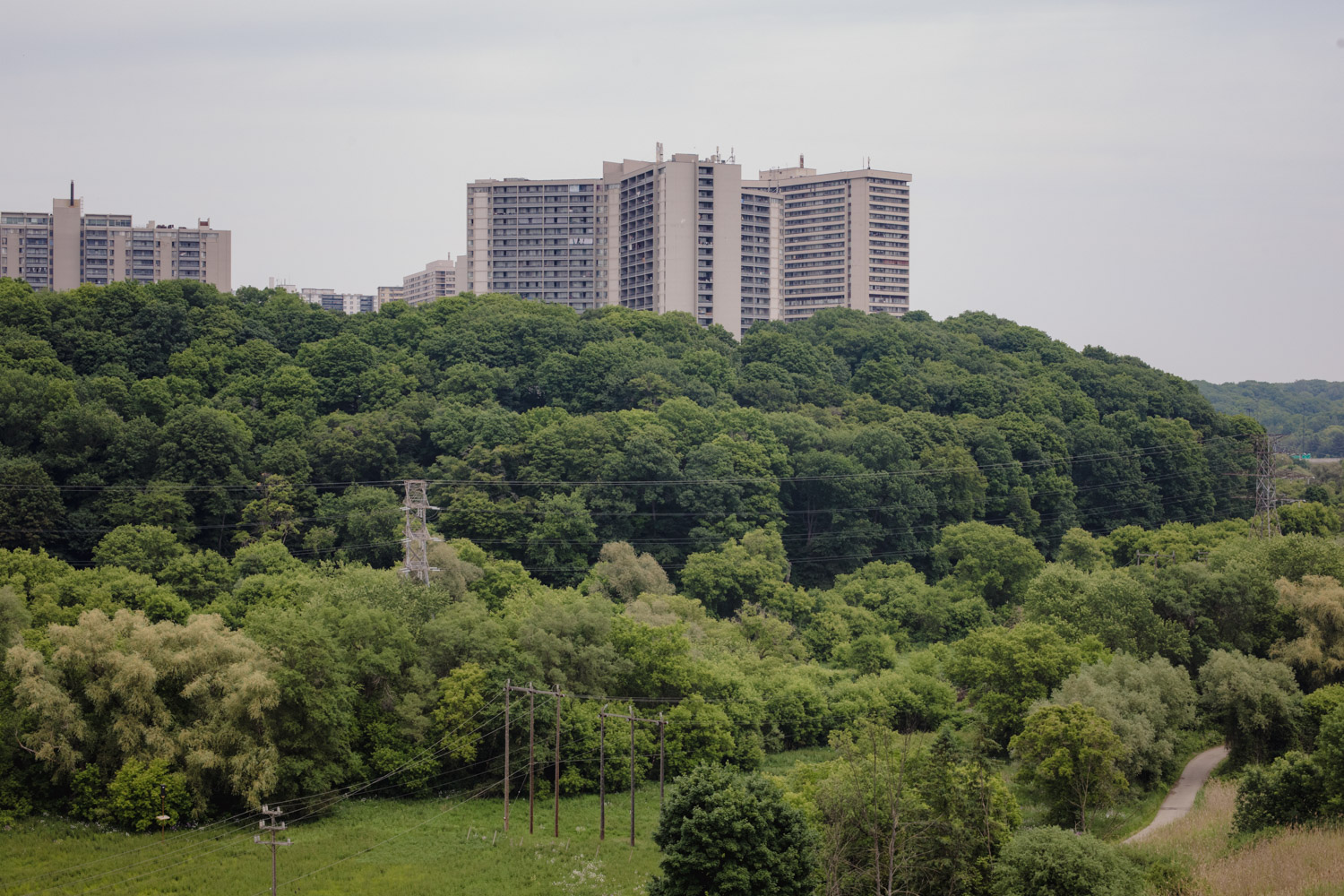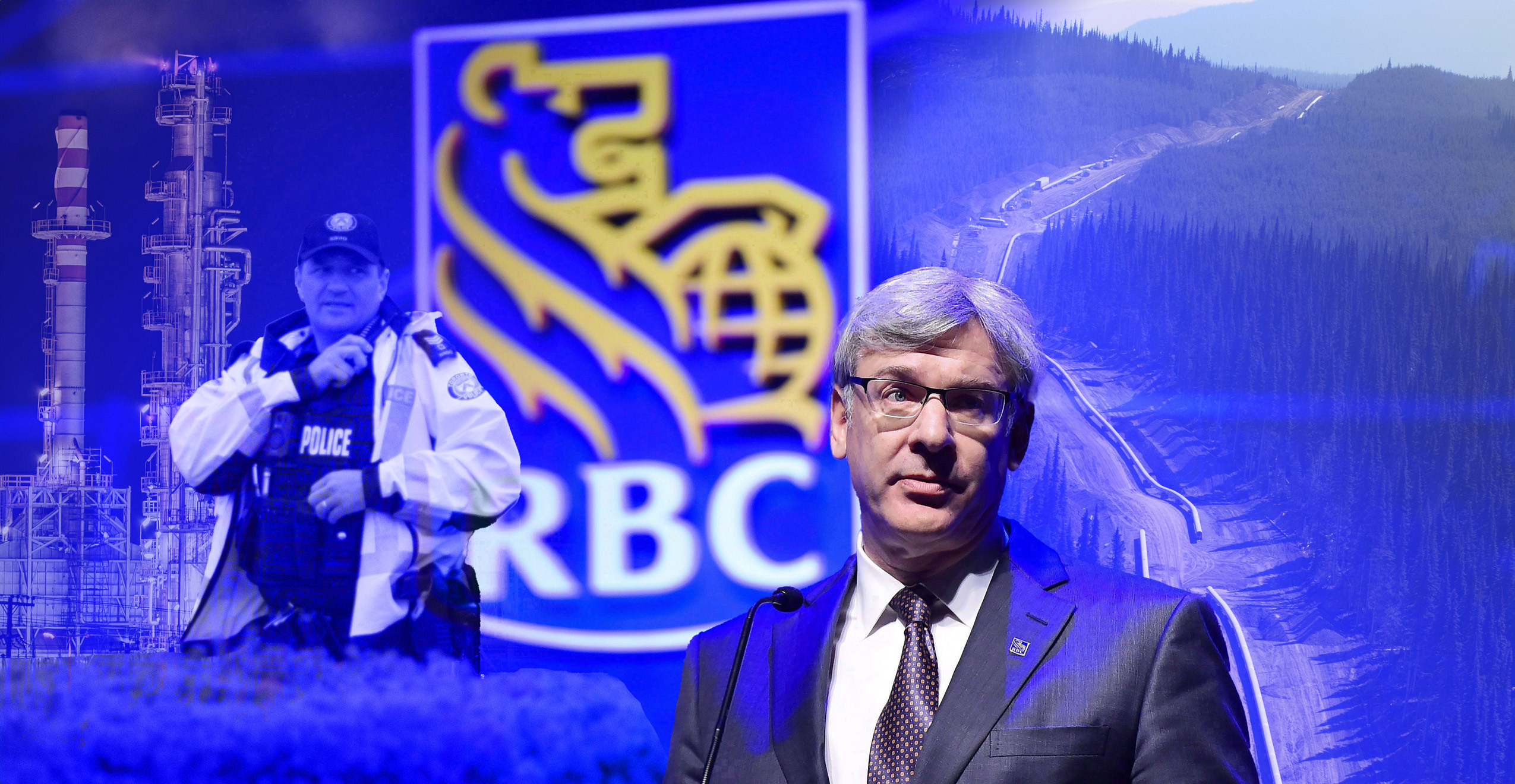

This story is part of our “Green* Economy” issue, a collaboration between The Local and The Narwhal.
At The Local, we write a lot about community and government. So in the past, when we’ve written about the environment, we’ve focused on stories about things like the City’s climate investments or heat inequality between different neighbourhoods. We’ve written about mayoral candidates’ environmental policies or how the city is building a new “climate positive” community.
But the reality is, if we want to make sense of Toronto’s environmental future—what our path to net-zero is, and whether the climate commitments we’ve made are achievable—we need to look elsewhere. We need to look at business.
For our latest issue, we’d intended to examine what a transition to a “green economy” might look like—that is, a low-carbon economy built around environmental sustainability. What we found was more complex. The truth is, the term “green economy” comes with some major caveats.
The economy being dreamed up on Bay street and in corporate boardrooms across the GTA is a green-ish economy. Or perhaps a green-in-spirit economy. Or, too often, a greenwashed economy, in which business-as-usual is masked with some of the trappings and marketing of the environmental movement. Thus the asterisk in the title of our “Green* Economy” issue.
For the issue, we’ve partnered with our friends in the Ontario bureau of The Narwhal. A non-profit newsroom devoted to telling stories about the natural world, The Narwhal’s responsible for the best environmental reporting in the country, and we’ve been lucky to collaborate with their reporters and take advantage of their expertise.
Never miss a story
Sign-up for our free newsletter to get stories from The Green* Economy delivered directly to your mailbox.
"*" indicates required fields

The issue launches with our investigation into GFL, the behemoth GTA waste management company with the vivid green trucks that bills itself as “green for life” but has left a trail of environmental violations, out-of-compliance warnings, fires at its facilities, and complaints from its neighbours in its wake. Reporter Wency Leung spoke with people from North Carolina to Hamilton, Ontario and pored through environmental registries, databases, and auditor general’s reports for her story. “The fact that GFL’s impact on the environment hasn’t hampered its growth,” she writes, “reveals a lack of regulatory oversight and enforcement over the industry in which the company has flourished—an industry that, by its very nature, is anything but green.”
Over the next two weeks, we’ll dive into other companies using the language of sustainability in their marketing materials while demonstrating very different priorities in their operations. We’ll publish features on a Canadian bank and a natural gas company that are both responding to public environmental pressure, though in very different ways. We’ll look at smaller business owners in the city, from companies looking to sustainably retrofit Toronto’s buildings, to car mechanics anticipating a transition to electric vehicles and wondering what that will mean for their garages and their livelihoods.
We’ll also write about another way the “green economy” is making money move in Toronto, as governments are increasingly aware of the monetary value of conserving and restoring the natural world. That recognition is key if we want to lose the asterisk and turn a green* economy into something genuinely sustainable.
